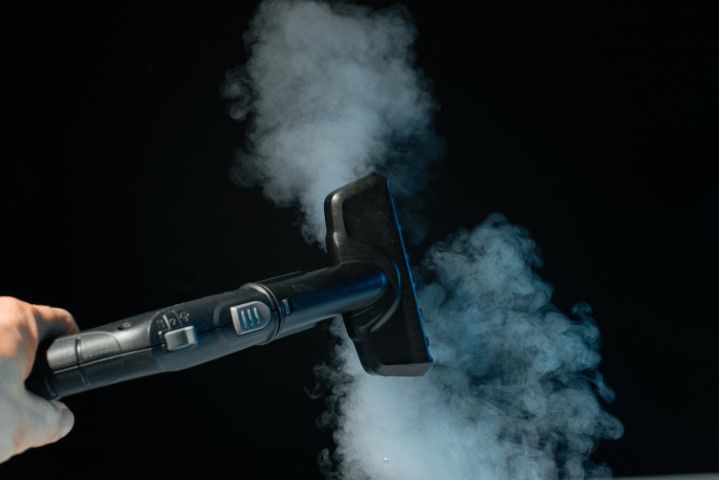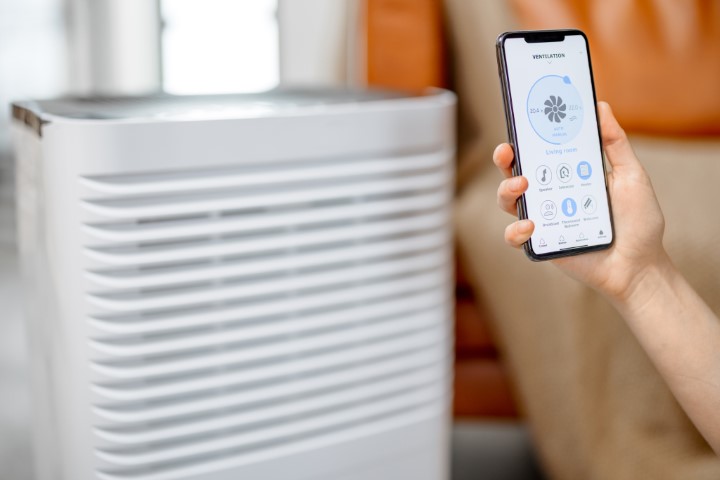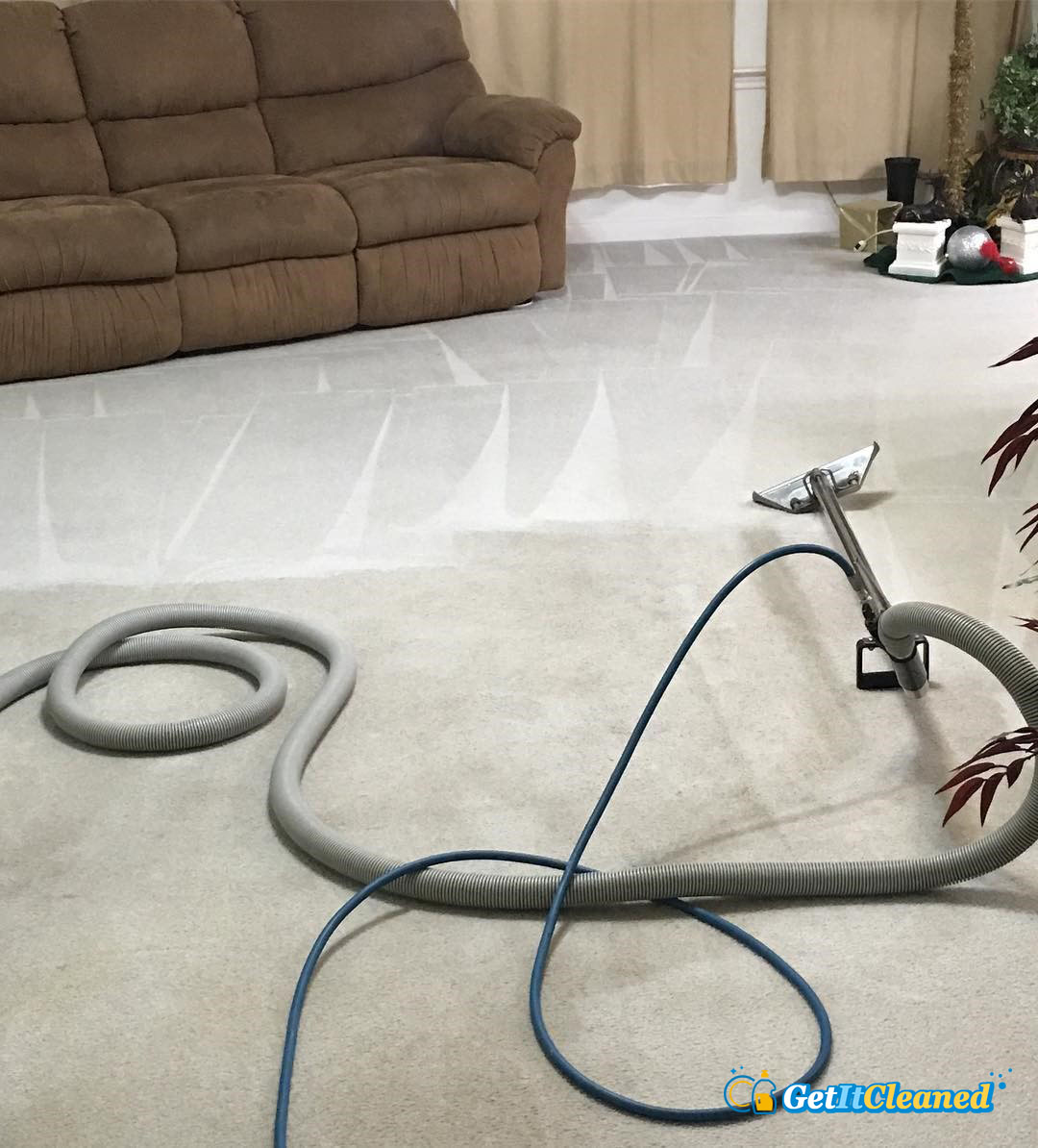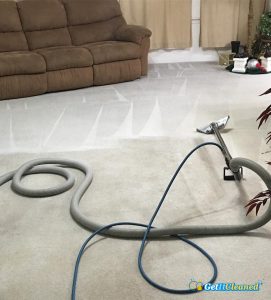London is one of the greenest and leafiest capitals in the world. For some, that may sound like a really attractive feature but for allergy-sufferers, it can be a living nightmare. The fact that pollen and dust allergens can easily sneak into people’s homes only makes things worse. Carpets and upholstery furniture are among the domestic hot zones for allergy triggers of this kind. But you can allergen-proof these areas of your home by:
- Cleaning them with the right type of vacuuming machine
- Giving steam cleaning a chance
- Controlling the humidity level in your house or apartment
- Sanitizing your home regularly
- Deep cleaning your property every few months
- Remove allergens from couch or sofa
Adding washable covers to your upholstered furniture such as sofa, couch, chairs can significantly reduce the amount of pet dander and dead skin cells, which are prime foods for dust mites, ensuring a healthier living environment.
However, the best way to deal with the allergens in your rugs, carpets and upholstery furniture (sofa, chairs, etc), is by getting rid of these home décor pieces altogether.
Allergies do not mix well with upholstery and carpeting
Sure enough, a fluffy carpet or a soft velvet sofa can make any home feel and look cosier and more inviting. But you also need to understand that they not only act as allergen magnets such as pet hair, pollen and dust mites, they are also quite difficult to maintain in a perfectly clean condition. So, it is best if you simply get them out of your place. If you are not willing to sacrifice the style of your home, consider switching to a carpet made of nylon fibres or to leather upholstery furniture as they are less likely to trap a huge amount of dust and pollen. Also, they do not offer bacteria, mould and dust mites favourable conditions on which they can thrive.
To kill dust mites effectively, washing your soft furnishings in hot water regularly is recommended by the allergy foundation. This method kills dust mites and removes the allergens they produce.
How to allergen-proof these areas of your home?
Do not assume that you will be able to keep your home 100% allergen-free. This is an impossible feat. Still, you can greatly reduce the number of allergy triggers in it if you take a more holistic approach.
Get a good vacuum cleaner
It goes without saying that vacuuming your carpeting and upholstery regularly (2-3 times a week) is a must if you want to allergen-proof your house. For better and longer-lasting results, use a vacuuming machine that has a HEPA filter.
Regular use of an air conditioner can also improve indoor air quality by filtering out pollen, dust particles, and other allergens from the outdoor air, thus contributing to a healthier indoor environment.
Steam clean them

Every few months (or even weeks – in the springtime), you will need to steam clean these areas of your home. If you do not have the right equipment for that, you can rely on dependable one-off cleaning services in London that feature professional steam cleaning. The pros have specialised steamers that will not spoil the condition of your items. And it does not make much financial sense buying such a machine as you would probably need it once a year.
Employing a steam cleaner for your carpets and sofa upholstery can remove more than just dirt; it also eradicates microscopic creatures and mite allergens, ensuring your living space is safe from allergy symptoms.
Get yourself a dehumidifier
High humidity is bad news for people who suffer from allergies because it can aggravate their symptoms. To keep excessive humidity and mould out of your property, invest in a quality dehumidifier.

Additionally, wiping surfaces with a damp cloth rather than dry dusting can prevent the spread of dust particles and mold spores, which are often responsible for allergic reactions and mold growth.
 Focus on your entire home
Focus on your entire home
There is little point in vacuuming your carpeting 3-4 or even 7 days a week if you dust surfaces and wipe the floors once or twice every fortnight. Like it or not but an allergen-proof home is a home that is thoroughly and regularly sanitised from top to bottom. That is why many allergy patients choose to rely on regular cleaning services.
Ultimately, creating a strategy to get rid of indoor allergens requires attention to air quality and a commitment to maintaining a clean environment. This comprehensive approach helps manage allergy symptoms and promotes a healthier indoor environment.


 Focus on your entire home
Focus on your entire home